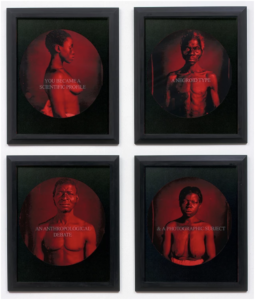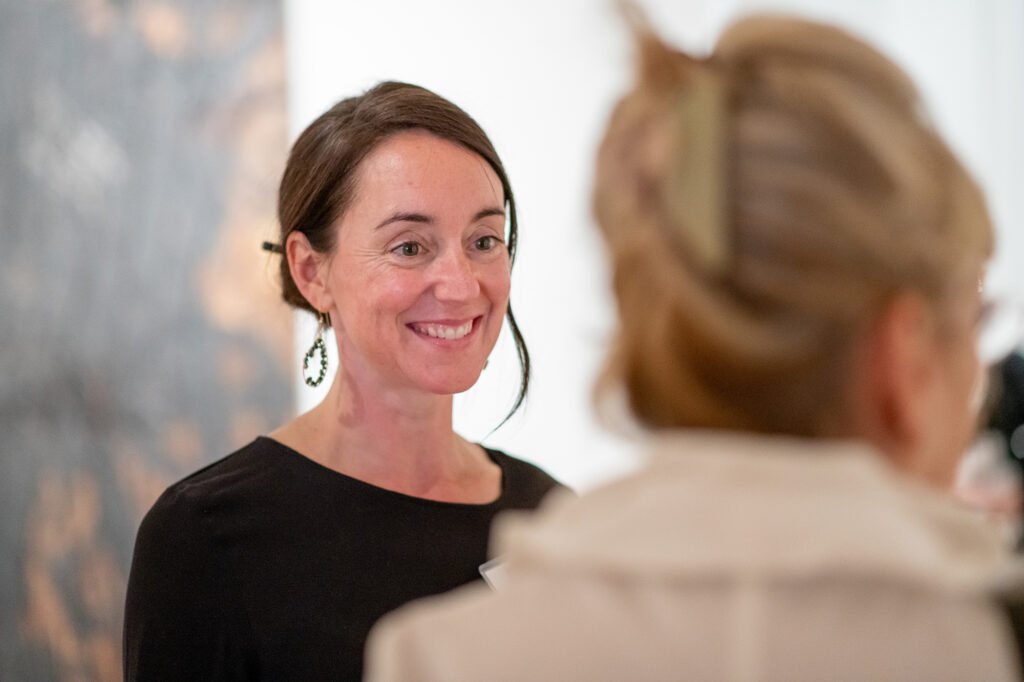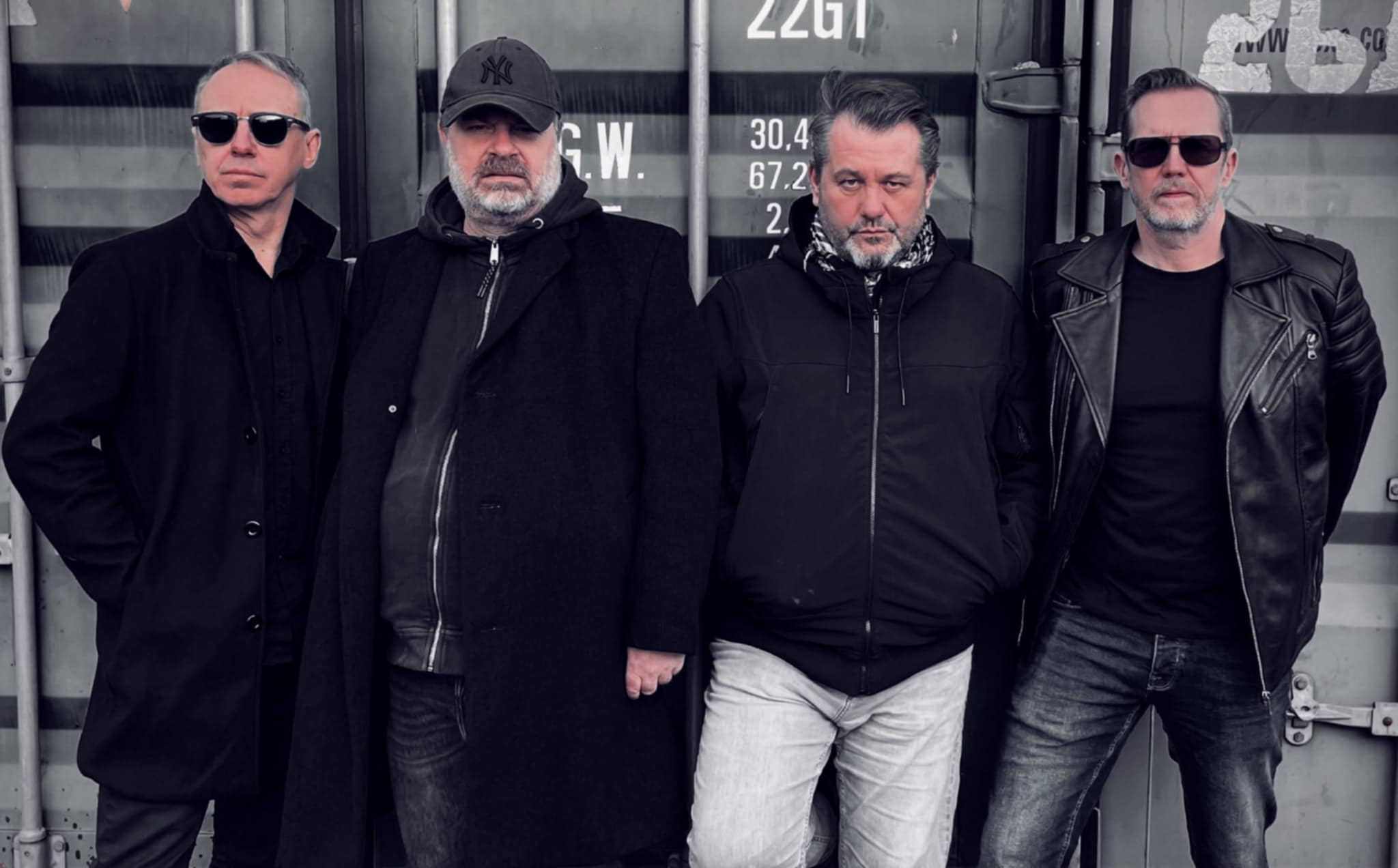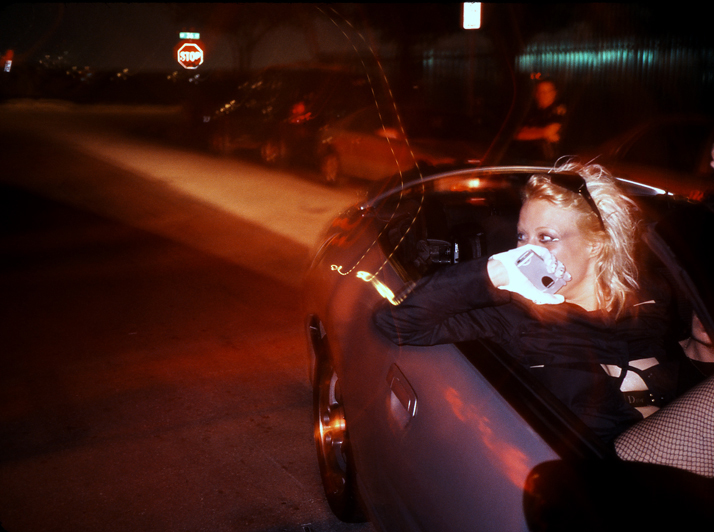Rachel Moore, executive director of the Helen Day Art center in Vermont [Credit: Paul Rogers]
(STOWE, Vt.) — In 2010, Rachel Moore, a 31-year-old-American artist, was named curator of the Helen Day Art Center (HDAC), a non-profit contemporary art and education organization located in the heart of Stowe in northern Vermont. Six years later, she became the center’s executive director and lead curator.
When she took the helm, the local art and education center was facing a multi-year deficit of more than $200,000, which drained the reserve funds, according to Moore. She accepted the challenge to build a sustainable organization forging a global, diverse community through art exhibitions and educational programs.
“I knew that it would be a hurdle to overcome significant multiyear deficits and put us on the path to stability. I thought once we had done that, we could focus on the future,” Moore says in her soft-spoken way.
With donations from Stowe residents and an $80,000 multi-year grant from the Andy Warhol Foundation for the Visual Arts awarded to the organization this summer, the center was able to balance its budget. Moore can focus now on transforming this local art center into an international hub that provides Stowe and its neighboring towns with better access to high-caliber exhibitions, educational resources, and conversations around global issues.
Moore believes art has the power to break down boundaries, open our eyes to unexpected insights, and be a platform for dialogue around challenging issues. “The power of visual presentation born from the personal response of an artist humanizes important issues,” she says,” simultaneously, the ability to have a quiet and personal experience with the work creates room for understanding, contemplation, and social responsibility.”
Vermont’s population is 94.2% white and mostly rural. Through exhibitions, talks, workshops, and discussions, Moore is creating a space that allows local and international audiences to connect and engage with a diverse range of people and viewpoints through the art center. “These intersecting factors make the work of the Art Center critical to provide the region with exposure, access, and connection to diverse, global artistic voices and perspectives.”
Led by Moore, the art center addresses key global issues, including systematic racism, migration, the #MeToo Movement, gender, violence, colonialism, nationalism, and democracy, to name a few.
“We live in a time where the pursuit of meaning and the shift toward understanding, equality, inclusivity, and social justice is paramount,” she says,” We believe this type of engagement is integral to moving toward understanding, inclusion, and racial equity.”
Diane Arnold, chair of the art center’s board, says Moore inherited a lot of problems when she became executive director. “It has taken Rachel the last three years to focus on the nuts and bolts to make this organization sustainable,” she adds. ” You cannot move forward when you are just stumbling along and having to worry about the basics of running a company.”
Now that Moore has brought the art center into sustainability, Arnold says,”It is perfect timing to where the art center is and where we want to take it.”

Image of Installation of appropriated photographs from the series From Here I Saw What Happened and I Cried, 1995-1996 by American born contemporary artist Carrie Mae Weems, presented in the exhibition ‘Unbroken Current’ at Helen Day Art Center late 2019. This series shows how throughout history, photography has played a key role in framing and reinforcing racism, social injustice, and stereotyping.
A recent exhibition titled “Unbroken Current” centered the work of Black artists through exhibition, film screenings, and public conversations. The show, which featured the work of Mildred Beltre, Sanford Biggers, Maria Magdalena Campos-Pons, Rashid Johnson, Harlan Mack, and Carrie Mae Weems—was designed in response to local and national discussions about race and identity to engage artists and audiences on structural racism and inequality.
Arnold describes Moore as diplomatic, passionate, and respectful to other people and their opinions. “Rachel is able to have difficult conversations about difficult subjects,” Arnold said. It takes a special person to manage that,” she continued. “She is apolitical and wants to be. Her professionalism is forefront.”
During the pandemic, Moore quickly adjusted the center’s budget to keep the staff of six employed. After the lockdown, the organization immediately transitioned online. Currently, the art center offers online public-art initiatives, and audio-visual offerings like poetry readings, studio visits, and tutorials on art-making.
The center also partnered with MIT to offer STEAM learning and “maker-space” models to emphasize the role of arts in developing critical thinking and problem-solving skills for young learners. Moore says that this partnership “filled a much-needed gap” during the lockdown. “One of our core goals and impacts is to ensure accessibility to quality art experiences and educational opportunities for underserved and disadvantaged rural communities,” Moore says.
These days, Moore juggles a packed weekly schedule of online meetings with her team, global community of artists, current and potential sponsors, and board members, while working remotely to further the center’s mission.
For the next act in the center’s story, Moore wants to build on efforts to diversify the artists and subjects they cover to reflect the world outside of Stowe.
“Personally, I would like to see more diversity in the place where I live for myself and for my children. With a lack of diversity, there is a lack of exposure, connection, and access to diverse global voices and perspectives, which is why what we do at HDAC is so important.”


